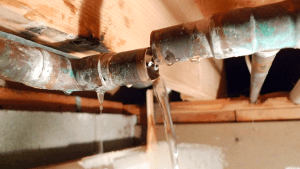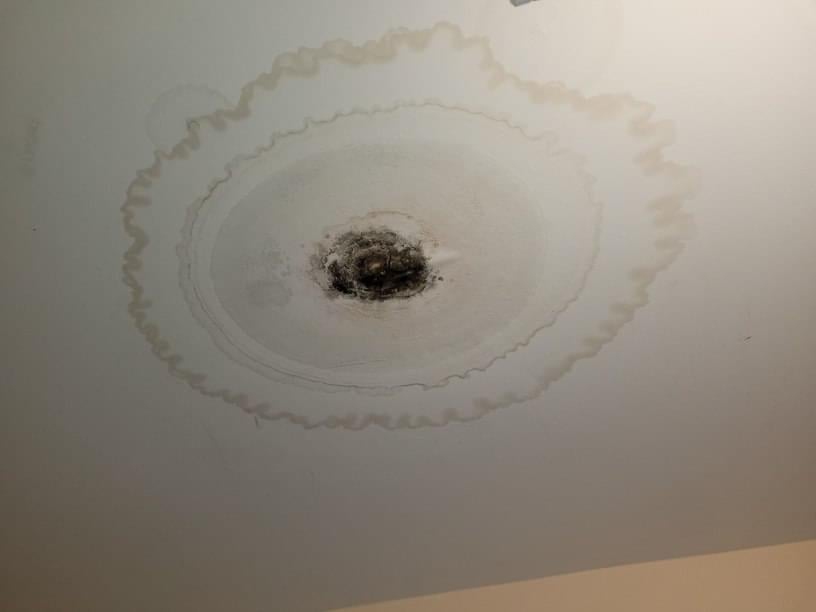Just how to Examine If Your Residence Has a Surprise Leakage
Just how to Examine If Your Residence Has a Surprise Leakage
Blog Article
Just about every person seems to have their personal opinion with regards to Leaking water lines.

Early discovery of dripping water lines can alleviate a potential catastrophe. Some little water leaks might not be visible.
1. Analyze the Water Meter
Every residence has a water meter. Inspecting it is a surefire way that helps you discover leakages. For starters, turn off all the water sources. Ensure no person will certainly flush, make use of the faucet, shower, run the washing maker or dishwasher. From there, most likely to the meter and watch if it will certainly change. Considering that no one is using it, there need to be no motions. That indicates a fast-moving leak if it moves. Furthermore, if you discover no changes, wait a hr or 2 and inspect back once more. This means you may have a slow leakage that can even be underground.
2. Check Water Consumption
Analyze your water bills and also track your water usage. As the one paying it, you need to see if there are any discrepancies. If you spot sudden changes, despite your intake coinciding, it indicates that you have leaks in your plumbing system. Remember, your water bill need to drop under the exact same range every month. An unexpected spike in your expense shows a fast-moving leak.
A consistent boost every month, even with the very same behaviors, reveals you have a slow leakage that's likewise slowly escalating. Call a plumber to extensively inspect your building, particularly if you feel a cozy area on your flooring with piping underneath.
3. Do a Food Coloring Examination
When it concerns water intake, 30% originates from commodes. Examination to see if they are running properly. Drop specks of food color in the tank and wait 10 minutes. If the color in some way infiltrates your dish throughout that time without flushing, there's a leakage in between the storage tank as well as bowl.
4. Asses Exterior Lines
Do not forget to inspect your exterior water lines too. Test faucets by affixing a garden hose pipe. Ought to water seep out of the connection, you have a loosened rubber gasket. Replace this and ensure all connections are tight. If you have actually obtained an automatic sprinkler, it will certainly help get it properly examined and preserved every year. One tiny leakage can squander tons of water and surge your water expense.
5. Inspect and Analyze the Situation
Property owners ought to make it a practice to check under the sink counters and also inside closets for any type of bad odor or mold development. These 2 red flags indicate a leakage so timely interest is required. Doing regular assessments, even bi-annually, can conserve you from a major trouble.
If you understand your home is currently old, maintain a watchful eye on your heaters, hoses, pipes and so on. Look for stainings and also compromising as a lot of pipes and also home appliances have a life expectancy. They will additionally naturally deteriorate due to wear and tear. Don't wait for it to escalate if you suspect leaking water lines in your plumbing system. Call a specialist plumber right now so you don't end up with a dreadful mess in your home.
Early detection of leaking water lines can mitigate a possible catastrophe. Some tiny water leakages may not be noticeable. Inspecting it is a proven method that aids you discover leakages. One tiny leakage can waste bunches of water as well as increase your water bill.
If you think dripping water lines in your plumbing system, do not wait for it to escalate.
WARNING SIGNS OF WATER LEAKAGE BEHIND THE WALL
PERSISTENT MUSTY ODORS
As water slowly drips from a leaky pipe inside the wall, flooring and sheetrock stay damp and develop an odor similar to wet cardboard. It generates a musty smell that can help you find hidden leaks.
MOLD IN UNUSUAL AREAS
Mold usually grows in wet areas like kitchens, baths and laundry rooms. If you spot the stuff on walls or baseboards in other rooms of the house, it’s a good indicator of undetected water leaks.
STAINS THAT GROW
When mold thrives around a leaky pipe, it sometimes takes hold on the inside surface of the affected wall. A growing stain on otherwise clean sheetrock is often your sign of a hidden plumbing problem.
PEELING OR BUBBLING WALLPAPER / PAINT
This clue is easy to miss in rooms that don’t get much use. When you see wallpaper separating along seams or paint bubbling or flaking off the wall, blame sheetrock that stays wet because of an undetected leak.
BUCKLED CEILINGS AND STAINED FLOORS
If ceilings or floors in bathrooms, kitchens or laundry areas develop structural problems, don’t rule out constant damp inside the walls. Wet sheetrock can affect adjacent framing, flooring and ceilings.
https://www.servicemasterbyzaba.com/blog/how-to-detect-water-leakage-in-walls/

Do you like reading about Locating water leaks? Leave a short review down below. We'd be delighted to know your thinking about this page. We hope that you visit us again in the near future. Appreciated our write-up? Please share it. Let others discover it. Thanks so much for taking the time to read it.
Report this page